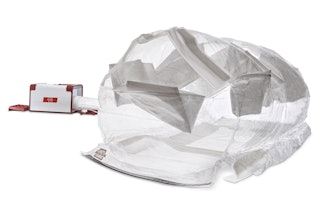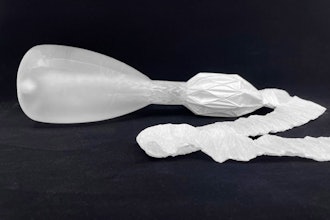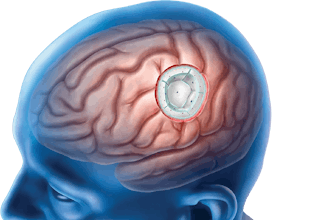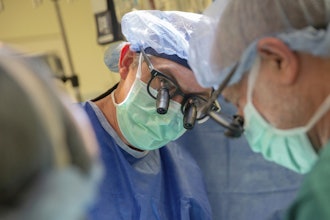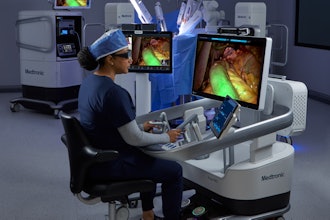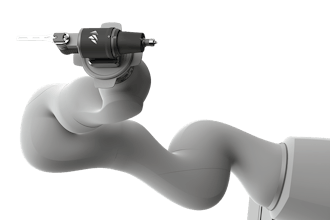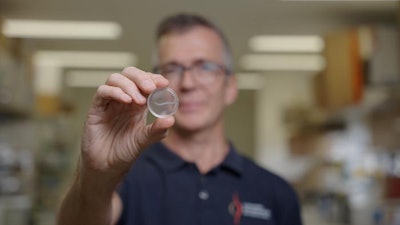
A Phase 1 human clinical trial to treat chronic spinal cord injury, the first of its kind in the world, has commenced to test the efficacy and safety of a revolutionary new treatment using nasal cells.
The Griffith University trial has been three decades in the making and involves taking olfactory ensheathing cells, which are specialized cells involved in our sense of smell, from the nose as they have numerous therapeutic properties for repairing and regenerating nerves.
Lead researcher Professor James St John, Head of Griffith’s Clem Jones Centre for Neurobiology and Stem Cell Research and Principal Researcher at the Institute for Biomedicine and Glycomics, is carrying on the legacy of the late Professor Emeritus Alan Mackay-Sim AM.
"Once the cells have been removed from the patient’s nose, they are then used to create an innovative nerve bridge which is about the size of a very small worm," Professor St John said. "The nerve bridge is then implanted into the spine at the site of the injury, offering what we think is the best hope for treating spinal cord injury.
“To help stimulate regeneration, patients will undergo intensive rehabilitation for three months prior to the transplantation and then for eight months after the transplantation. While primary assessments are to ensure the therapy is safe, we will also be measuring numerous aspects to assess if there are changes in functional outcomes that are important to people living with spinal cord injury," he added. “The ability to regain some sense of function, whether it’s regaining independent function of their bladder or bowel, regaining movement in their fingers, or the ability to stand and hug a loved one again can improve quality of life. Regaining some form of independence can open the world up to people living with a chronic acquired spinal injury.”
The trial, to be conducted at Gold Coast University Hospital, is a blinded and randomised control study with preclinical research demonstrating the olfactory nerve bridges are effective in repairing spinal cord injury in animal models.
CEO of the Clem Jones Foundation, Peter Johnstone, said the latest milestone illustrated how long-term philanthropic support could foster ground-breaking research with the potential to change lives for the better.
“The Clem Jones Foundation has supported this world-leading project from day one alongside other philanthropic groups and individuals which meant it also attracted state and federal government funding commitments,” said Johnstone. “All of the funding partners recognise that results from medical research never happen overnight but rely on long-term funding as well as the long-term application of the knowledge, skills, and hard work of the talented team of researchers at Griffith University.”










